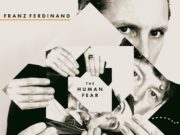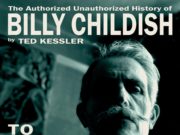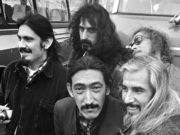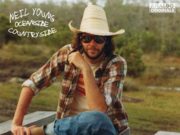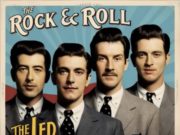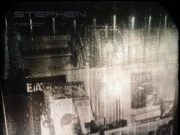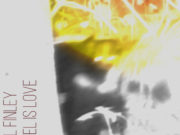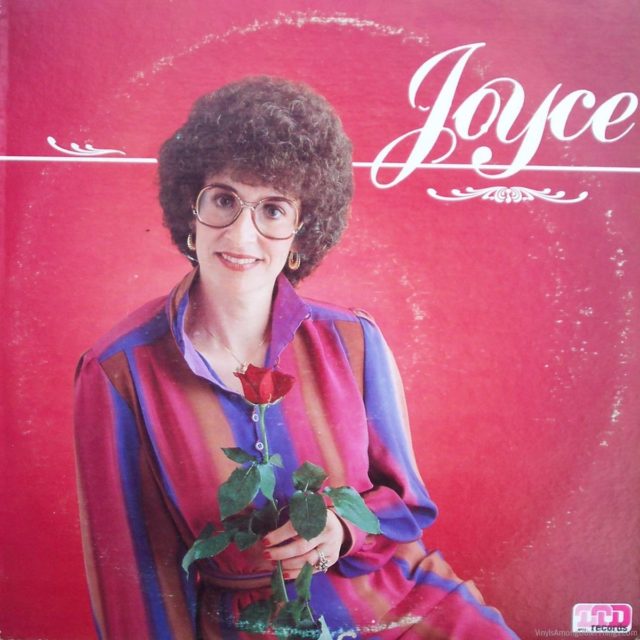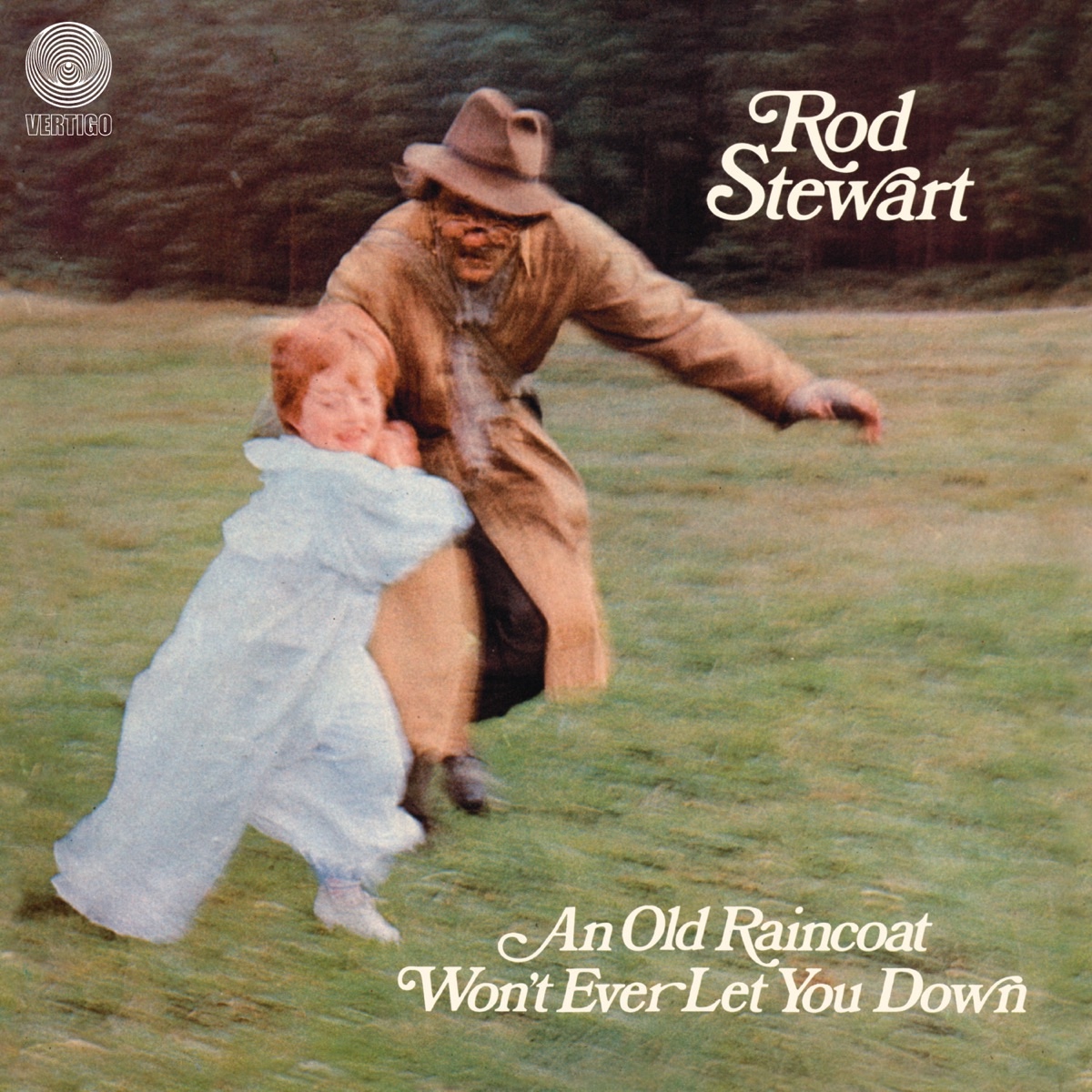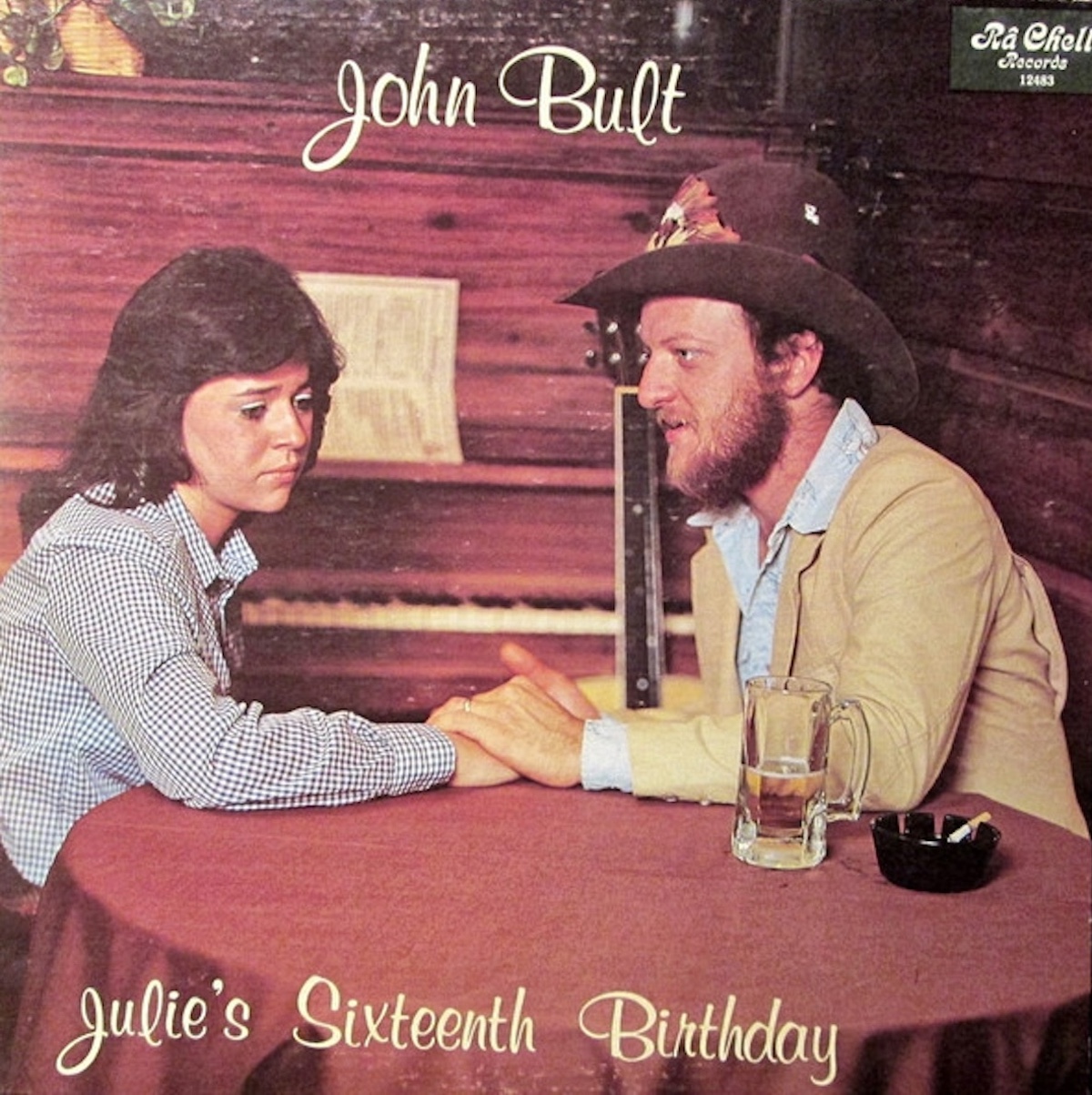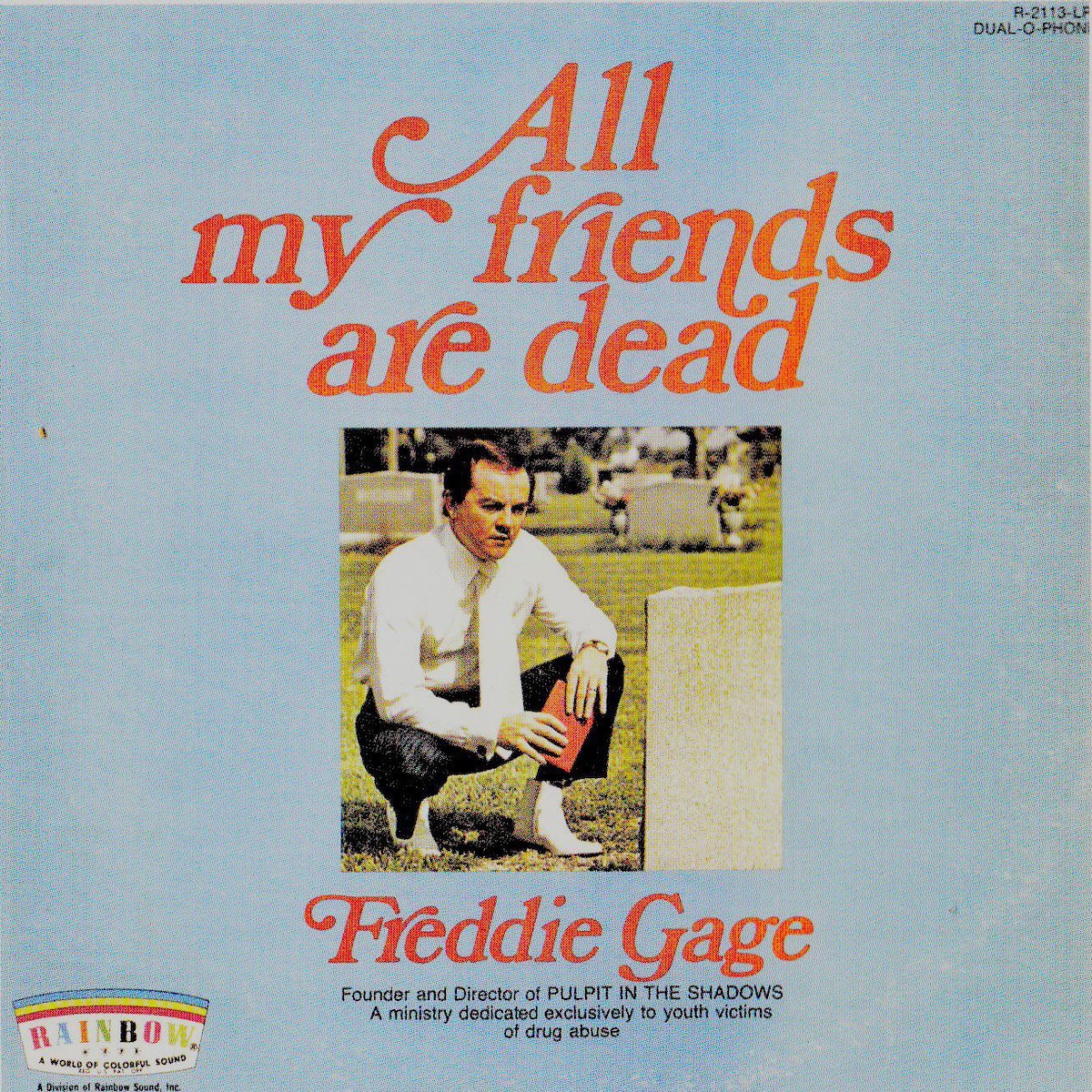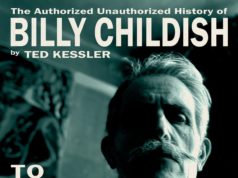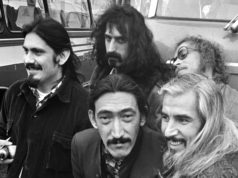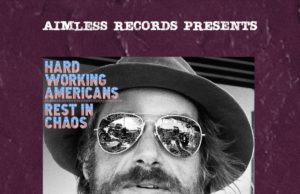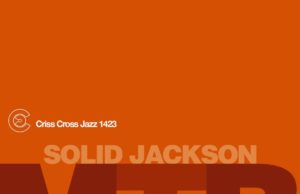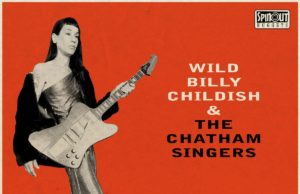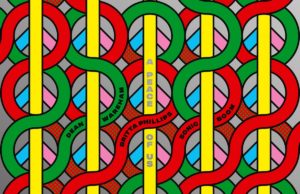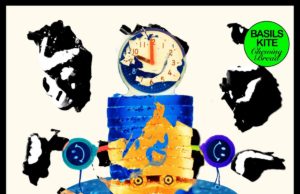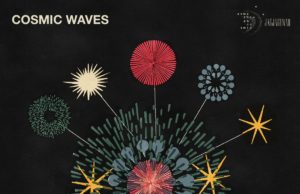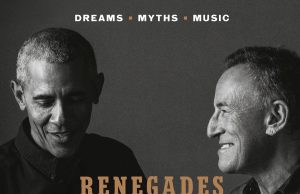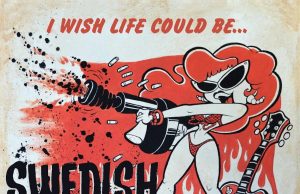 A decade ago I decided it would be cool to change my Facebook profile photo to a different “awful album cover” every single day for a year. Since then, I see many of those same covers used in social media posts over and over again. But have you ever heard the actual albums? With one exception, I haven’t. So I set out to fix that, and share my findings with you.
A decade ago I decided it would be cool to change my Facebook profile photo to a different “awful album cover” every single day for a year. Since then, I see many of those same covers used in social media posts over and over again. But have you ever heard the actual albums? With one exception, I haven’t. So I set out to fix that, and share my findings with you.
Rod Stewart
An Old Raincoat Won’t Ever Let You Down (1970)
I’ll start with the one I know: Rod Stewart’s debut album. The copy I own is the American/Canadian version, which was released a year earlier as The Rod Stewart Album. The U.K. version was retitled An Old Raincoat Won’t Ever Let You Down. This is an excellent record. It’s basically a Faces album except the drummer is Mickey Waller (Jeff Beck) instead of Kenney Jones. The record contains Stewart classics including his cool cover of Street Fighting Man, and Handbags & Gladrags, which was used as the theme of the original U.K. version of The Office.
But the album title isn’t the only difference between the U.K. and North American versions. The artwork is also unique. The North American version basically has no art — just a gold sleeve with script writing. The UK one has a baffling photo of an old man in a raincoat chasing a small child in a park. There aren’t many Rod Stewart albums that don’t feature the iconic vocalist himself on the cover. Of all the possibilities for something more creative than just Rod’s mug, this is what they opted for.
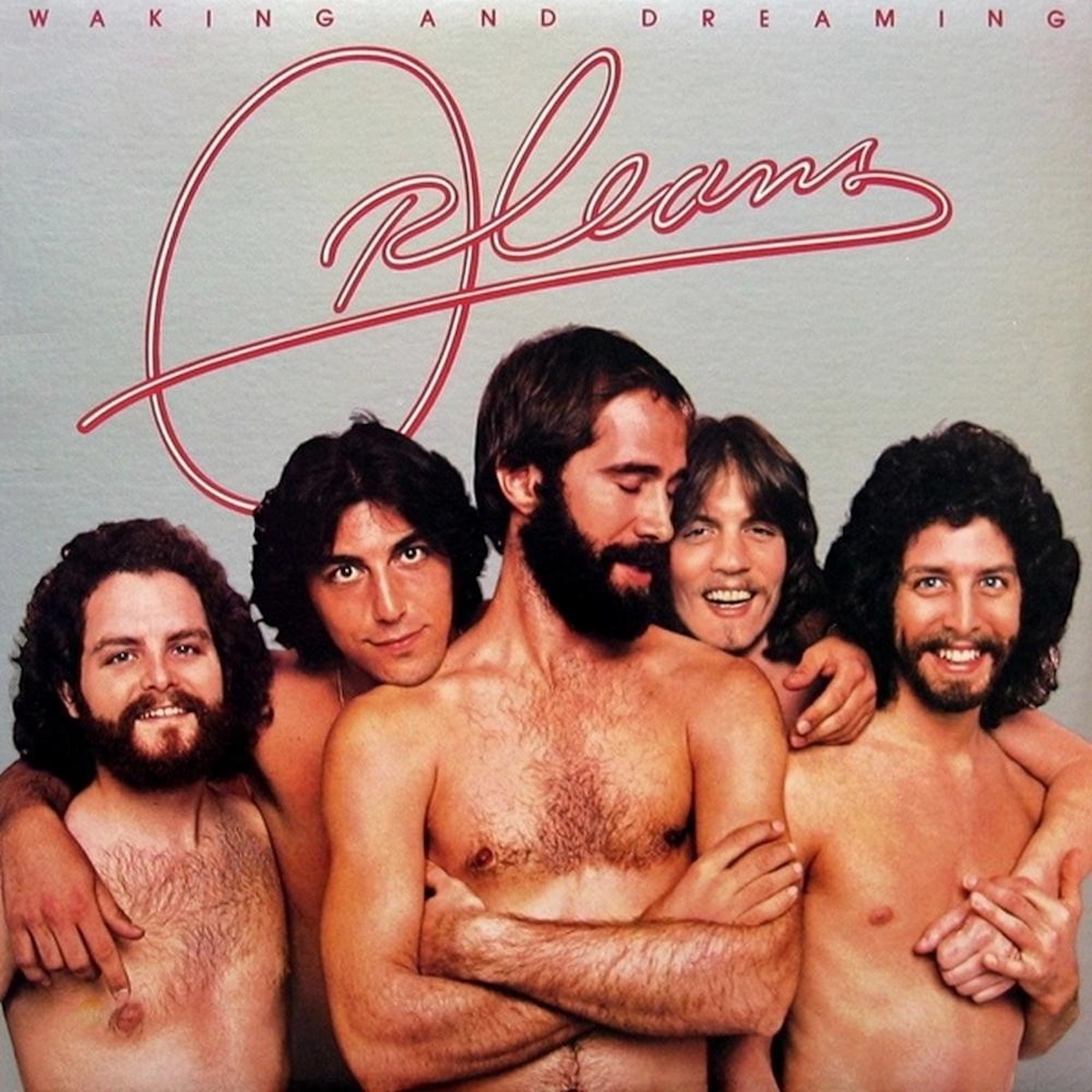
Orleans
Waking And Dreaming (1976)
I’ve also heard a little bit of the Orleans album. Well, I’ve heard the big hit single Still The One. It’s a classic summer drinkin’ love song. Put it on and your hair will feather itself. Orleans are usually talked about for one of two things — that their frontman John Hall became a U.S. congress member, and the cover art of Waking And Dreaming. The five members appear naked from the waist up, with Hall front and centre, seemingly judging the fact that two of his bandmates are holding hands. They’re all pretty pressed together, though — even the great Jerry Marotta on the far left, who went on to be Peter Gabriel’s main drummer in the late ’70s and early ’80s. This isn’t an album you need to own, unless you love middle-of-the-road white ’70s schlock.
John Bult
Julie’s Sixteenth Birthday (1981)
“Lord knows I’ve never been much of a father,” says John Bult in the opening monologue of the title track of his only album. He’s not much of a singer, either. This is dumb-tryin’-to-be-clever country music. The song, and album art, are meant to tell the story of drinking daddy’s observation that his daughter is 16 and goin’ on a date. It devolves into a drunk-driving crash where the singer gets killed, yet somehow remains the narrator.
The album cover is really something, though. Julie meets her dad in a bar where he’s mid-beer and mid-smoke, and in the middle of some half-baked lecture about the way things are, as she stares miserably at the table waiting for it to be over. Majestic.
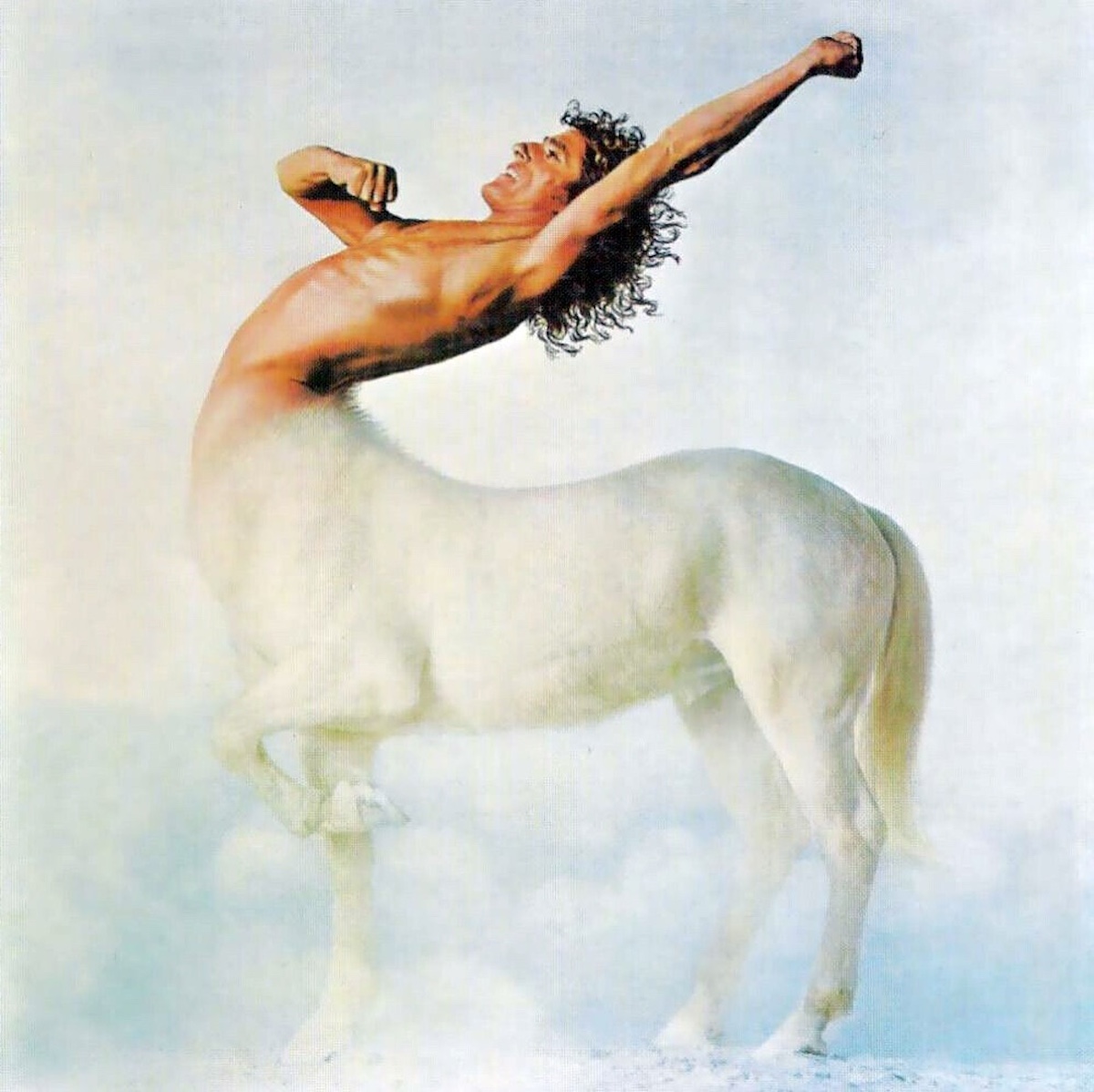
Roger Daltrey
Ride A Rock Horse (1975)
Roger Daltrey decided to name his second solo album after an English nursery rhyme: Ride A Cock Horse To Banbury Cross. So right away we’re dealing with bad ideas. Swapping out the word cock for rock may or may not be an improvement, depending on your sense of humour. But then he creates an album cover where he himself is a bucking centaur with hairless armpits. The cover was designed by Daltrey’s cousin, which raises questions about their relationship. And the album cover has no writing on it, as though we’re supposed to believe this is fine art. Graphics and print would ruin it!
Daltrey made the album with session musicians. It’s not all that’s rockin’. It’s more Vegas than anything else, with lots of piano and the odd ballad. The best song on the record is called Hearts Right, and there’s a nice surprise waiting on YouTube: The video for the song has animation by Gerald Scarfe, who was also working on animations for Pink Floyd’s Wish You Were Here tour visuals. Later, of course, he was a big part of the band’s 1979 concept album The Wall.
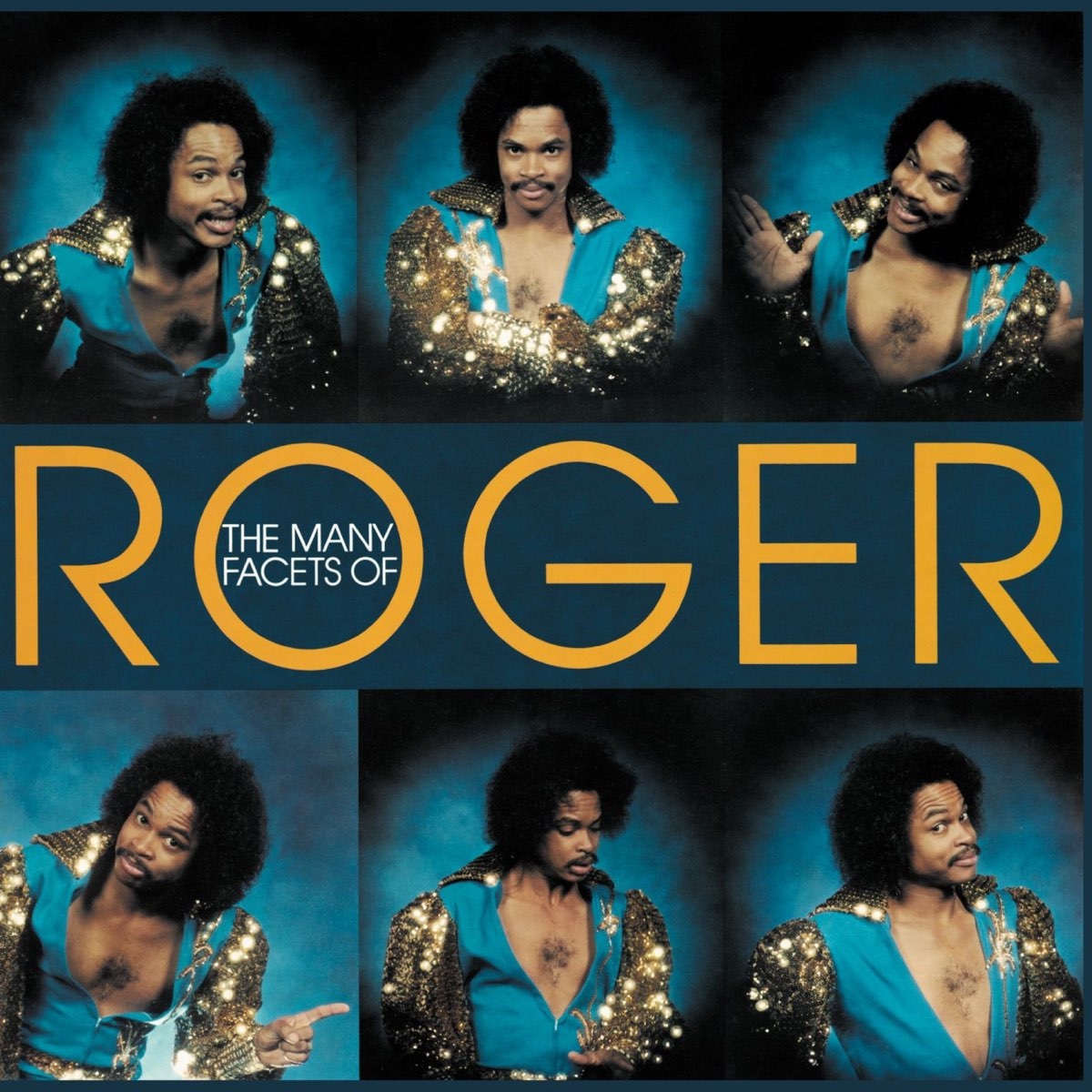
Roger Troutman
The Many Facets of Roger (1981)
From one Roger to another. Roger Troutman wasn’t a household name like Daltrey, but he’s the one of the pair who tried to get by using just his first name. Troutman was the frontman of funk band Zapp, which he formed with four of his brothers. They was named after the nickname of one of them. They got signed by George Clinton after Bootsy Collins took in one of their gigs.
This is Troutman’s solo foray. It’s funky, for sure. But kinda stupid. It opens with a tight, ’80s-funk version of I Heard It Through The Grapevine, with handclaps and synth-robot vocals. And yoiks, it’s 11 minutes long. But I’d be a bad man if I didn’t share the song which namechecks the singer right in the title.
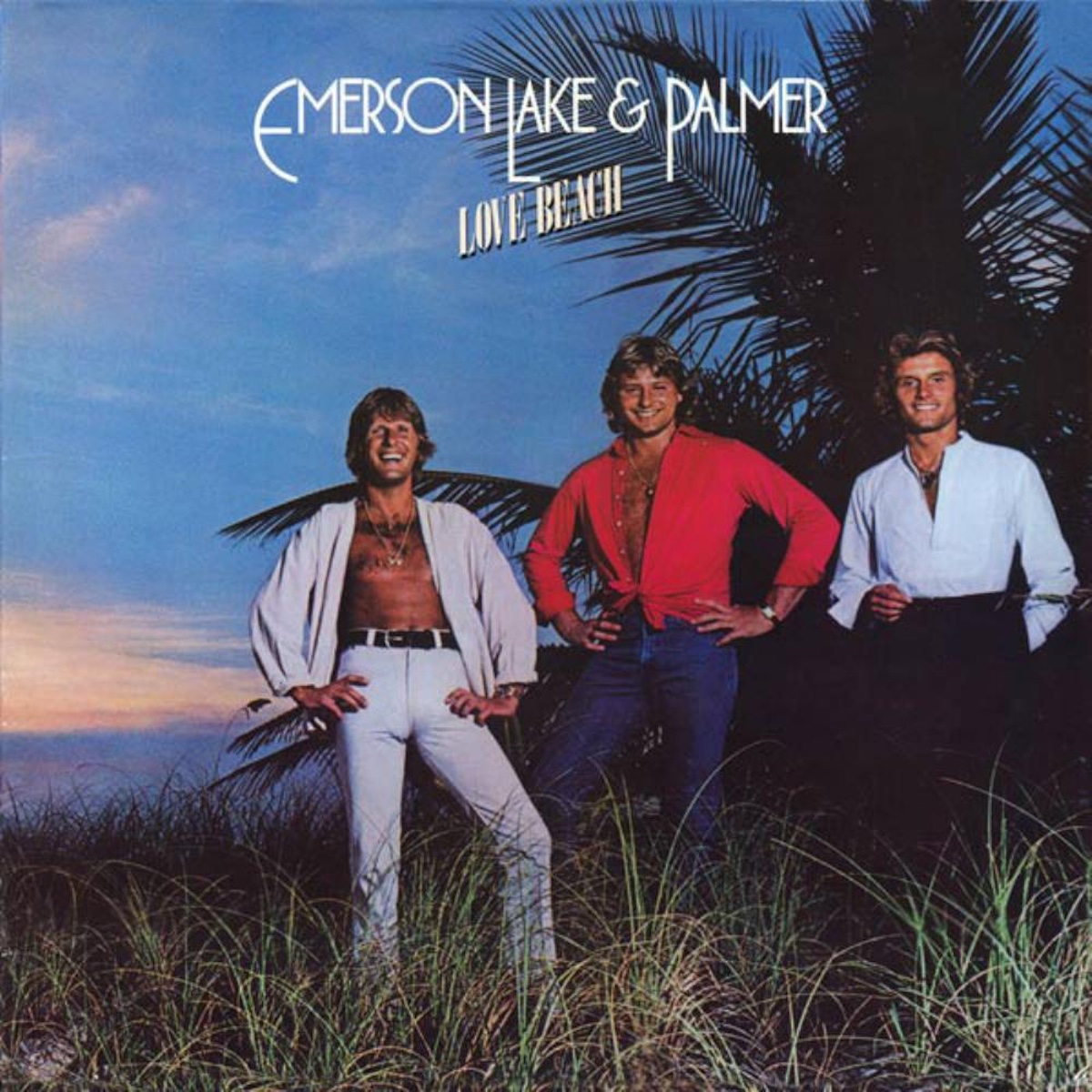
Emerson Lake & Palmer
Love Beach (1978)
I don’t like Emerson, Lake and Palmer to begin with. Well, not much. Admittedly, Lucky Man is pretty classic. And I love those images of Keith Emerson at Stade Olympique with his huge modular synth setup. But really, his first band The Nice were cooler. And drummer Carl Palmer was pretty awesome in Arthur Brown’s band — and after they left to become Atomic Rooster. Greg Lake might be my favourite for his role as bassist and lead vocalist on those first few King Crimson albums.
But together, they were a bunch of wankers. Their kind of prog was too far removed from rock ’n’ roll for me. So I was curious to hear Love Beach, which is about as far removed from titles like Brain Salad Surgery as one can get. The ridiculous album sleeve features the three musicians with open shirts, dark tans, bright white smiles and hands on hips in front of a Bahamian sunset. Steer clear of these gentlemen at the swim-up bar, ladies. Love Beach seems like a place where you find condoms, Hochtaler bottles and cigarette butts in the sand on your morning walk. The trio recorded the album in the Bahamas as tax exiles — and only made it because they had to. They were contractually obligated to deliver one more LP to Atlantic. Love Beach was what they delivered. There was no tour, and they announced their breakup a few months later.
The record is awful. At first I thought, “I guess this is why Peter Sinfield was the lyricist in King Crimson, because these words are awful.” But it turns out Sinfield actually wrote all the lyrics on this album, which awkwardly reaches for a pop audience. Trouble is, Palmer doesn’t swing, the bandmates don’t get along, Emerson is too synth-baroque noodly, and on an album overrun with love/sex songs, Lake just comes across as an awkward, gross virgin who’s watched too much porn. Or maybe Gene Simmons. Behold:
“Call up room service, order peaches and cream
I like my dessert first if you know what I mean
Yeah, taste it, taste it, taste it
Around the maze of pleasure to the gates of pain
You’re driving me insane
Get on my stallion and we’ll ride
I want to dynamite your mind with love tonight
Go down gently with your face to the east
The sun may be rising but we haven’t finished the feast
Here it comes, the taste of my love.”
The best song on the album is the Emerson-Palmer fest Canario. It’s a cover — from the 1954 Spanish guitar concerto Fantasia For A Gentleman by Joaquin Rodrigo. Full-on prog, this is ELP’s wheelhouse, not icky lovemaking songs.
Freddie Gage
All My Friends Are Dead (1972)
Freddie Gage wasn’t a singer. He was an evangelical preacher from the ’50s until his death in 2014. He was born in a Houston, Texas charity ward and raised by his grandparents. He became a street thug and eventually a convicted gang leader before finding religion. Gage wrote a number of books about his transformation: Pulpit In The Shadows, The Underworld Preacher and All My Friends Are Dead. Sections of the latter were recorded like an audiobook and released on vinyl in 1972. Essentially, if you ever find this record, frame it for fun or sell it. Due to its awful-album-cover renown, it would quickly fetch $100 on Discogs.
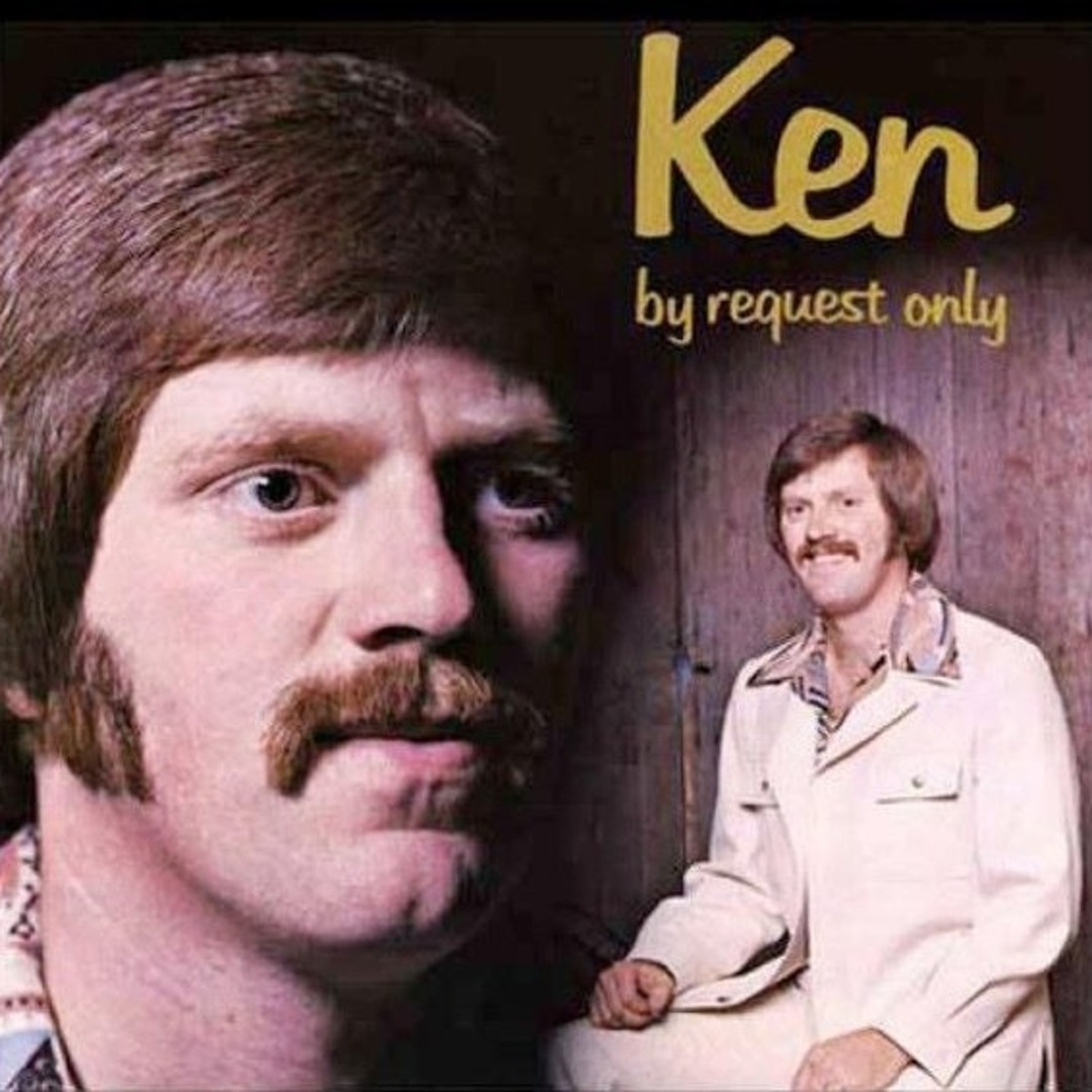
Ken Snyder
Ken By Request Only (1975)
Ken Snyder may be a big part of the 2010s hipster trend towards cringey two-image glamour shots. This type of portraiture was popular in the ’70s and early ’80s for school photos and department-store portrait-studio family photos. The style was a main photo of the subject, and then another which either featured them in profile, closeup or maybe even their beloved family pet. Ken’s set of wall-to-wall contemporary Christian schlock features a perfect ’70s two-image glamour shot in front of elegant wood panelling. This way you get to see him in a polyester leisure suit with huge collars and safari pockets — but also a closeup so you can see the texture of his arid hair and mustache are similar to that of a beagle. You can almost imagine him shedding.
The record is terrible. He sounds like every singer you ever heard on those early-morning evangelical variety TV shows. I can picture him singing on a big, carpeted stage in a church-theatre in Baton Rouge — with a phone number for donations along the bottom of the screen. This is another record suitable (only) for framing. Though he does get a little nasty on this:
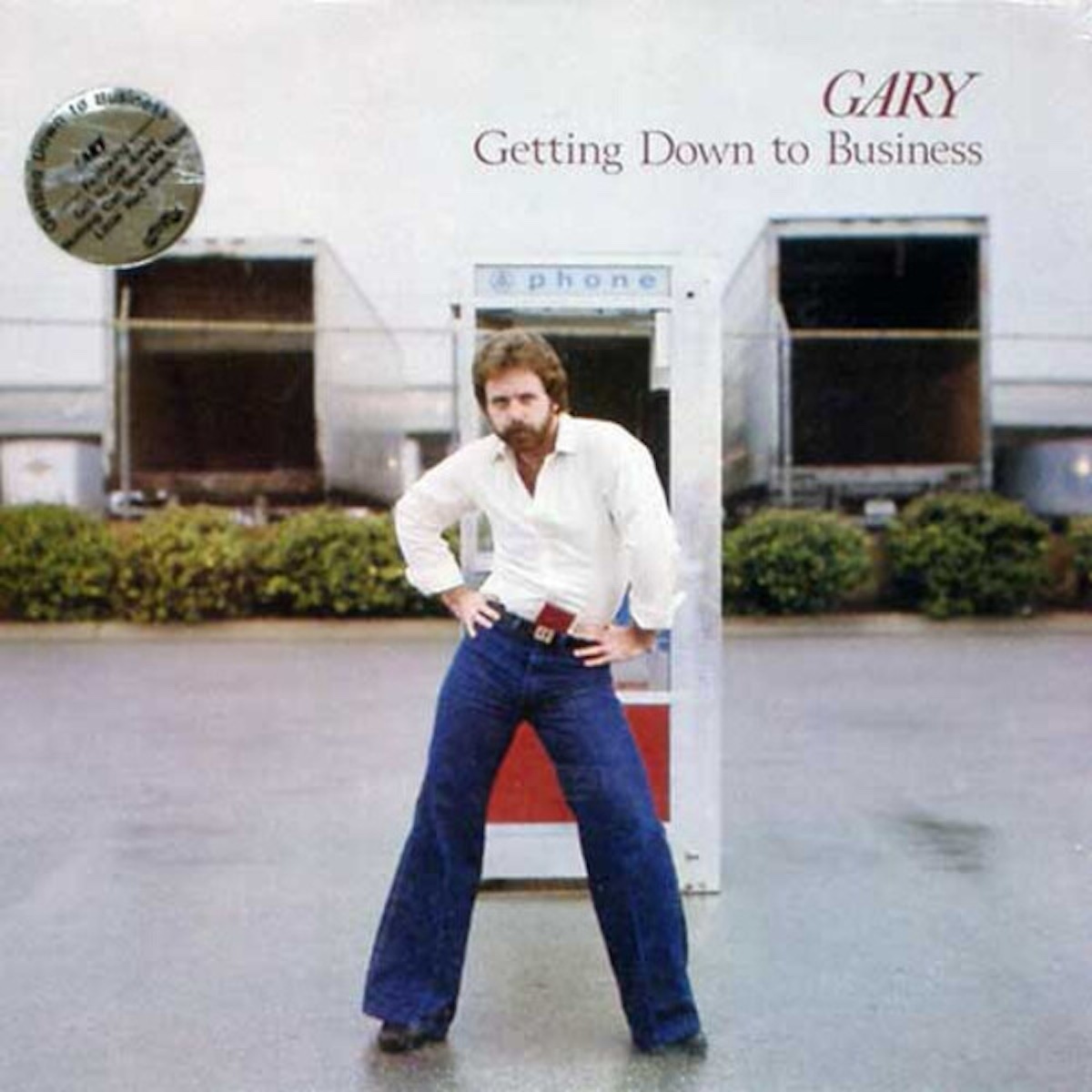
Gary Solomon
Getting Down To Business (1978)
It’s time to get down. Since he put out his painfully hilarious Getting Down To Business, Gary Solomon has been busy. He’s now a doctor! Yep, Dr. Gary is a psychologist who uses movies as part of his therapeutic approach. He calls it, yes, cinema therapy. Seriously.
His 1978 album cover captures the Chuck Norris-like Solomon in tight denim, striking a sexy pose in front of a phone booth. Surprisingly, this wasn’t his first foray into the recording industry. Here’s the story: The Strawberry Alarm Clock had a surprise hit with the track Incense & Peppermints in 1967. The guy who sang it was Greg Munford. He wasn’t even a member of the band and isn’t on any other tracks. However, in 1968 he was in a fake version of Strawberry Alarm Clock called Strawberry SAC or Strawberry Alarm Clock & Friends, which recorded a bunch of songs — only two of which were ever released on a 7″ promotional single sent to radio stations. Gary Solomon (aka Gary Solo) sang and played sax and clarinet in Strawberry SAC. Their song In Relation is actually kind of awesome.
But Gary’s 1978 offering is pretty gawdawful. It kicks off with a beguiling cover of Love’s Little Red Book. It’s kind of funky, kind of pop, kind of rockin’… I dunno how to categorize it. It’s thoroughly “of a time” though:
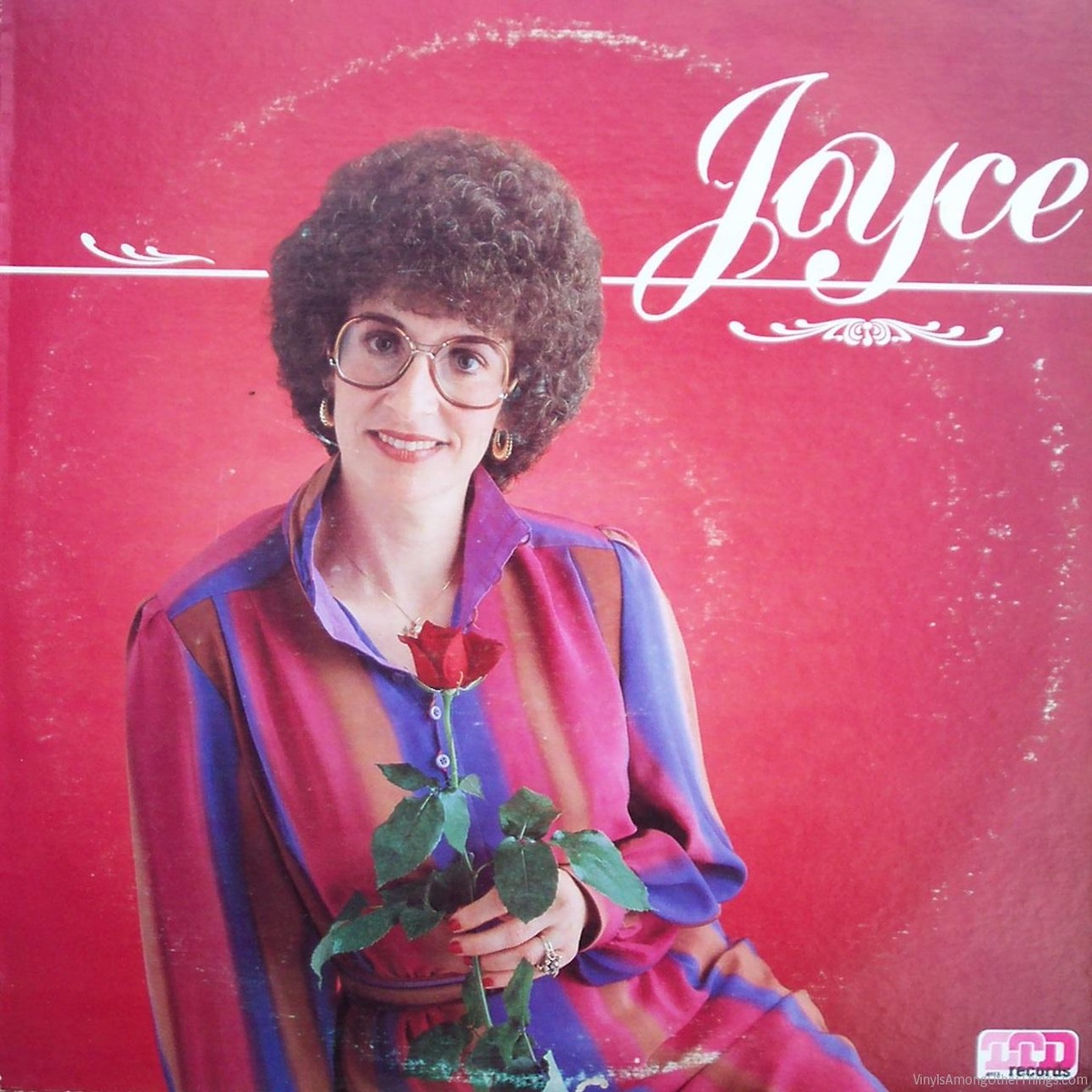
Joyce Drake
Joyce (1983)
Finally, it’s time for Joyce. The Texan is a devout Pentecostal. Both her father Billy Yeats and her husband Clyde were preachers. She often sang and played piano at Clyde’s services. These gigs led to the recording of this miserable album of country-tinged, white-lady evangelical gospel. It doesn’t float my boat, but it seems to get Joyce all excited. Clutching her rayon dress in a fist, she whispers “talk devoutly to me.”
• • •
Area Resident is an Ottawa-based journalist, recording artist, music collector and re-seller. Hear (and buy) his music on Bandcamp, email him HERE, follow him on Instagram and check him out on Discogs.


